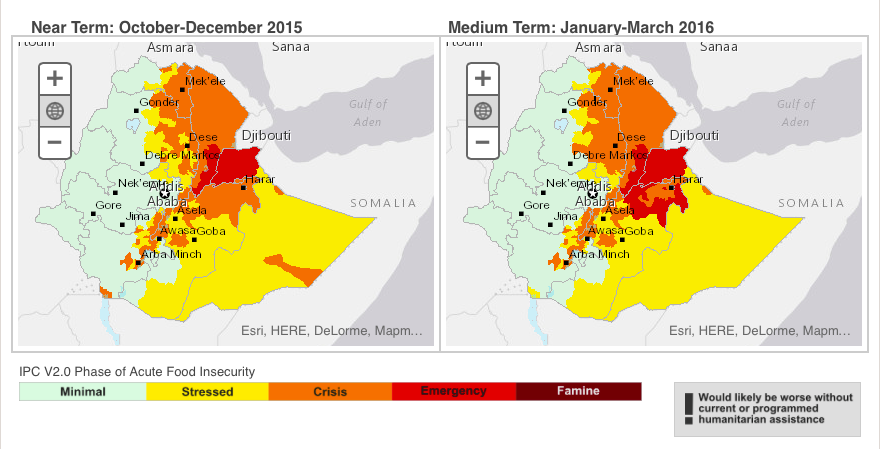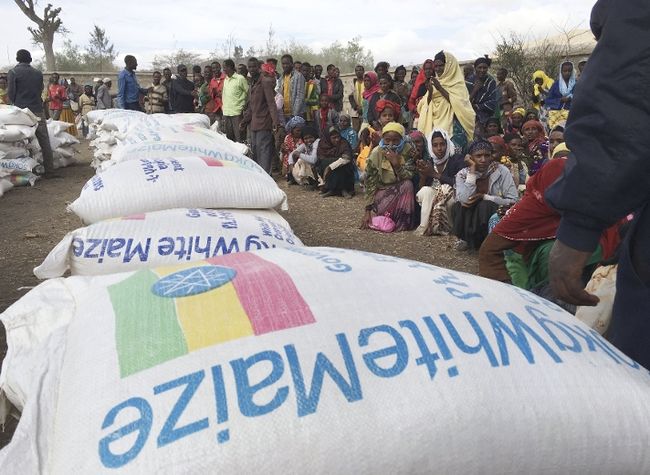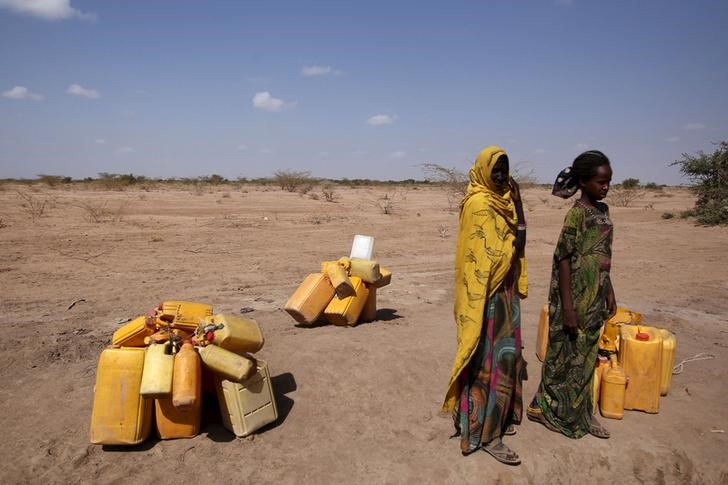By Harland Dahl
Today, East African countries face a major famine following the worst drought in half a century. Rainfall shifts caused by El Niño warming of ocean waters across the central and east-central Equatorial Pacific are thought to have contributed to this drought.

The East African drought has devastated agricultural production in the region, hurting harvests of essential grains and vegetables and killing livestock herds. According to the international non-governmental organization Save the Children, 10.1 million people are currently “in urgent need of food aid” in Ethiopia, Somalia, and Somaliland today. In Ethiopia alone, 5.7 million children are at risk of hunger.
Famine and hunger caused by the drought have been complicated by conflict in the region, and in particular in South Sudan, where violence has made it difficult for non-governmental organizations and foreign aid agencies to deliver necessary assistance. Here, nearly 40,000 people are facing a “phase five” hunger emergency.
According to the Joint Government and Humanitarian Partners’ Document, a joint report crafted by the Ethiopian government and humanitarian agencies working in the country, roughly $1.4 billion in funding will be necessary to address the crisis in Ethiopia, alone. In January, the United States Agency for International Development (USAID) pledged $97 million in emergency assistance to this cause.

United Nations agencies working in the country are also feeling the strain of insufficient funding. The World Food Program has estimated itself to have just five percent of the funds necessary to support a full program in the country. These programs are crucial to the survival of many Ethiopians, 80% of which rely on agriculture to survive. In fact, the Ethiopia Humanitarian Requirement Document estimates that current food stocks will be exhausted by the end of April this year.
Drought conditions have been exacerbated by climate change and El Niño weather patterns in the past year. According to a study conducted by the Intergovernmental Panel on Climate Change, temperatures in most areas of Africa have risen by nearly one degree Fahrenheit in the past fifty to one hundred years.

Temperatures are projected to continue to rise throughout this century, further disrupting weather patterns and bringing heavy rains and lasting droughts to different regions of the world. Research coming from the University of California at Santa Barbara suggests that these raised temperatures could be responsible for an 11% reduction in East Africa’s 2014 April-June rainfall.
The IPCC has warned that this increase in temperature could lead to a 20% loss in cereal yields in Sub-Saharan Africa by mid-21st century. This loss could have a significant economic impact across Africa; according to World Bank estimates, 70% of the continent’s population is employed by rain-fed agriculture.
Drought disaster is so much going on in various countries, such as in our country whenever the dry season, drought causes congestion people life and peasant economy
Our institution (http://act.id/ Indonesia) make efforts with the water supply wells or bore water but still not able to meet the needs during drought